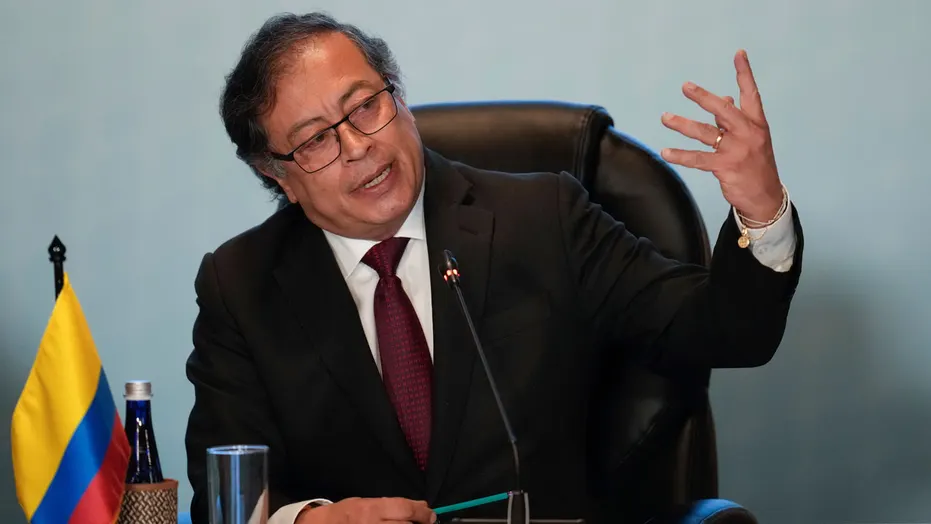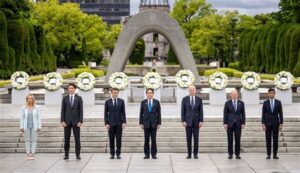
Ceasefire between the Colombian State and FARC-EMC breaks down
Yesterday, May 22th, after the death of 4 youth supposedly by FARC-EMC, the president of the government Gustavo Petro announced the ceasefire agreement would be suspended since it “questions the will to build a country in peace”. This agreement will cease to be in force in the departments of Meta, Caquetá Guaviare and Putumayo and all operations will be reactivated. However, the ceasefire will continue in other states where there has been no conflict with the government. FARC formally disbanded in 2016 following an agreement between the president of the time, Santos and FARC, but subsequently dissident groups have appeared who, in principle proposed to continue the armed struggle.
The current ceasefire was announced on December 31, 2022, and this agreement also signed a bilateral ceasefire with ELN (National Liberation Army), some of the FARC dissident groups and other paramilitary groups. Petro promised to engage in talks with all armed groups in the country in order to implement his so-called “total peace policy”. He was able to do so after the government endorsed his proposal for talks with guerrillas, drug traffickers and paramilitary groups in November.
However, already in April, Gustavo Petro spoke that the 2016 Peace Agreement was impossible to fulfill, since it was economically unfeasible as it implied a cost for the victims of 301 billion pesos, being the annual budget of 2.5 billion and therefore impossible to fulfill.
Nueva Democracia, Colombia’s revolutionary newspaper, also explains how before these words, Rodrigo Londoño, current president of the Party of the Commons and who was the last commander-in-chief of the FARC-EP, signatory of the Peace Agreement, celebrated the agreement: “I celebrate President Petro’s commitment to the integral implementation of the Final Agreement. The financial cost of complying with the agreement, as high as it may seem, is a very small cost compared to the possibility of building a country in peace with possibility of building a country in peace with social justice”. The newspaper adds: “And with all of that, he continues kneeling with no shame, celebrating this declarations and continuing with empty talk and dreaming with the possibility of building ‘a country in peace with social justice’ under the current economical and political system”.
The newspaper also shows how since the agreement of 2016, that would led to the dissolution of FARC-EP, it was not debated in any moment the change of the economic system and how Santos was also looking with this agreement to increase the benefits of the monopolies: “Is important to remember that, since the beginning of the peace talks, the president of that time, Juan Manuel Santos, said clear that the economical model would be not negotiated in Havana, the former president affirmed in that moment: “Is important that you are calm because our economic model is not included in the negotiations, simply we are negotiating five specific points that in the case of concreting them, we can be growing 2% additionally in Colombia” (2015). What means, in other words, that the big land property, the national oppression, the necessities of imperialism necessities and the dominance of big imperialist and national monopolies will not change and, on the contrary, the specifically agreement would have being signed so the dominant classes have a major economical growth in next years.”
In addition, this agreement did not modify the “structural problems of the country” and in the end it could not reach “peace with social justice” as the government said. With this, Nueva Democracia explains that they achieved to put different peasant, students and neighbor organizations in their favor, using lies, in this way they “numbed for many years the combative struggle of the people”. And that the fundamental problem of Colombia is its agrarian structure and the dominance of Yankee imperialism, also they quoted Movimiento de Estudiantes al Servicio del Pueblo MESP (Movement of Students at the Service of the People) that released in 2016 a statement talking about this problem: “That a fundamental problem in Colombia is the agrarian structure of the country ‘where predominance of the big land property, being 77% of the land in hands of the 13% of the proprietaries’ and that the land struggle and the dispossession of millions of peasants is the motor of the armed conflict, moreover the political, economical and military submission to imperialism, mainly Yankee, where ‘the projects of the foreign capital related to mining, oil, agrarian industry are key factors as generators of the violence against the peasant by the dispossession of the land to carry out this projects’. In that publication it was shown with numbers and facts that “the agreement serves to deep the delay of the country, the submission of the peasant and the oppression against the people”.
“The people is tired of this war between the current guerrillas and the government, that has not bring changes for the people and does not represent its interest. But we must see why as much as we want peace, this will not come with agreements: the power dispute for the narco traffic and the territorial control will continue, the military control of the territories will continue, because of criminal gangs, paramilitaries, former guerrilla man or military forces. Is a matter of time that new guerrilla groups appear because the causes that generated the violence will continue. Mainly the war against the people will continue existing, exploiting economically and then violent repressing when this dare to rise their heads. Its not not about having a pessimist position where nothing is useful. It is about to understand the historical lectures that shows us that everything that the people achieve is by organizing themselves and struggling.”
